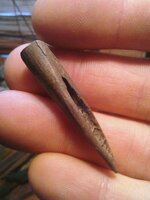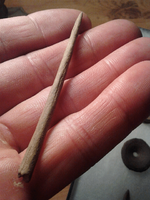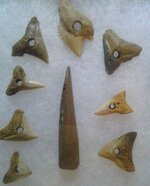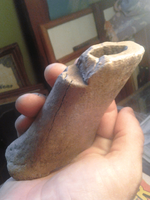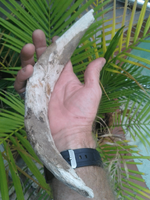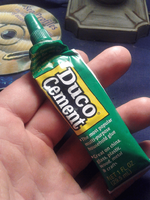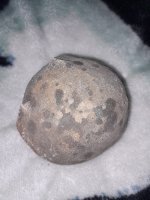JohnnyFlake
Full Member
- Sep 26, 2013
- 234
- 55
- Detector(s) used
- Fisher CZ21 - 8" Coil - Tesoro Outlaw - 5", 8" & 10" Coils - Bounty Hunter Tracker IV with 8" Coil, Garrett Pro Pointer & Garmin Oregon 450 GPS.
- Primary Interest:
- All Treasure Hunting
I have heard of special sealants that can be purchased to brush onto fossils that will help preserve them, but that they are crazy expensive for what you get. I have also heard/read of people using Elmer's Glue to coat the fossil, as it dries clear. I have also read that some collectors use a form of spray shellack or other clear spray type sealants. One person mentioned using clear nail polish.
I am a little unsure as to what will work and what will not. Any and all comments and suggestions will be appreciated.
I am a little unsure as to what will work and what will not. Any and all comments and suggestions will be appreciated.


